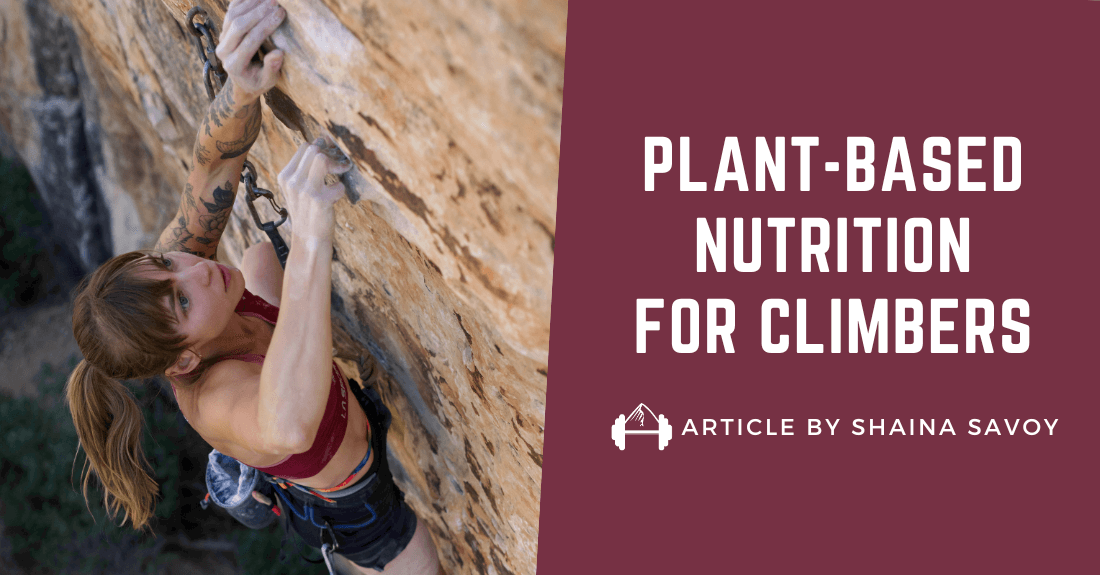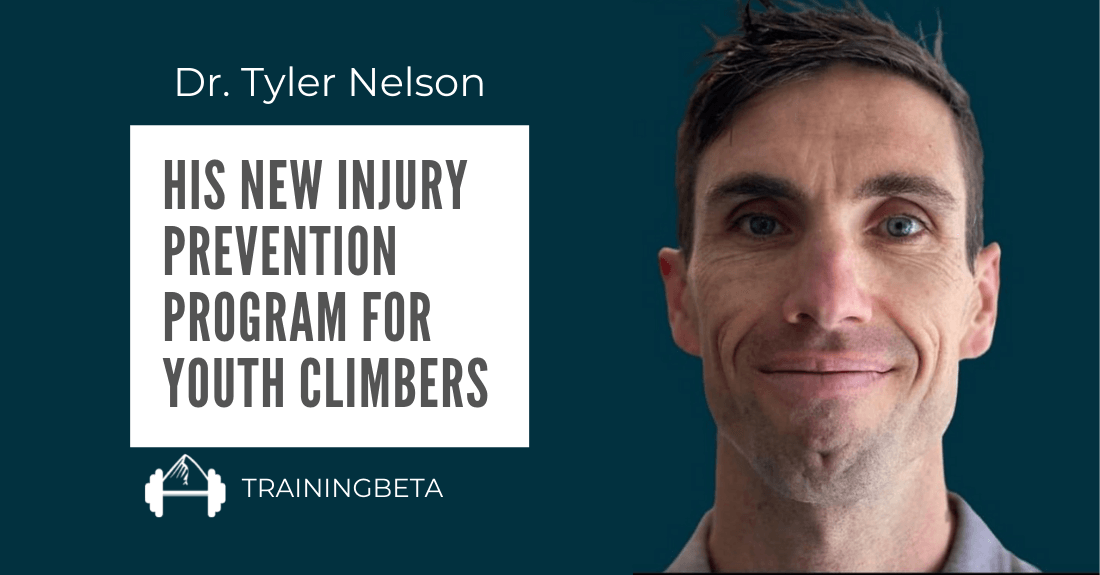For those of you who would rather read than listen, today we have an excerpt from the transcript of the TrainingBeta Podcast Episode 140: Mercedes Pollmeier on Mobility and Technique Drills. You can find the entire transcript and audio on the episode page. In the interview, Neely talks to Mercedes about why we lack mobility so much as climbers, how often we should be doing mobility work to keep ourselves healthy, and different mobility drills she uses with her clients.
The concept of body tension seems simple enough to understand, but more goes into tension and body awareness than you’d think. How often are you aware of the tension you’re creating on the wall? How do we generate and apply different levels of tension to different movements and types of climbing?
In this excerpt, Mercedes breaks down:
- How to become self-aware of the body tension you’re generating
- Applying different levels of tension to different movements
- How being aware of the tension you’re generating helps you change the way you move on the wall
Be sure to check out the full episode or transcript! If you’re interested in training for climbing, check out our Route Climbing, Bouldering Strength and Power, and Finger Strength programs.

Transcript Highlight Episode 140
27:23
Mercedes Pollmeier: I think if you can understand your body awareness and your own movement and your thought patterns it’s going to change how well you’re moving on the wall. The quality of movement would be different depending on the type of terrain that you’re on or the type of boulder problem or sport route that you’re on, even trad. Each of those things will ask for a different quality of movement and so this is what I’m really interested in right now.
When you are asked to be on an overhanging route and you’re on very small crimpy holds, what kind of quality are you asked to do to make that move as efficient as possible? It is kind of nebulous. There could be a lot of things to think about and talk about but this is what I’m really interested in right now.
Neely Quinn: So how do we talk about it? What are the take home points for people right now?
Mercedes Pollmeier: The topic I talked about at PCC was tension. I think tension is somewhat easy to understand. Not everyone really understands their own tension, though, so how much tension they themselves can generate in certain movements or even when you’re standing.
We did an exercise where we were standing and I asked people to increase their tension over time. It would be a count from 1-5 and I asked people to create as much tension in their body just by standing there and then we applied that to movement on the ground, so we were doing locomotion and asking them to give me a tension of 2. If we did 1-5, 5 would be the highest tension they could create, 1 would be very relaxed. What would a 3 tension feel like in the body while you’re moving? What would a 2 feel like?
We were working through those numbers as we were moving around and then I asked them to do it on the wall when they got home and people actually emailed me after the PCC and told me that they were able to feel a lot more of what their body was doing in the moment and it was easier to explain to their own clients what tension should feel like in the body.
So on an overhanging route maybe it is a bit of 5 tension and 1 because overhanging we’re mostly dynamic trying to go for holds. It’s pairing those two together most efficiently. That’s when we talk about flow. Movement flow. Going from a 1 to a 5 when you latch the hold. That’s basically some self awareness that you could do when you’re climbing, like, ‘How much tension am I giving this movement right now? How much is required?’ I think some of it is self exploratory.
Neely Quinn: Yeah, like quantifying these things that are, like you said, nebulous. What did you mean when you said, “You could be on an overhanging route and it could be a 5 and a 1?” What do you mean?
Mercedes Pollmeier: I guess for me when I’m doing an overhanging route there’s this continuous tension in my body. If you have to make a big move you have to be dynamic. To be dynamic, if you’ve got too much tension you can’t be explosive. There has to be some sort of release somewhere in your body to create this elastic quality in your tendons so it’s dialing your tension just enough, like bringing it down just enough. Maybe it’s in your hips or your elbows or your shoulders to be able to elicit that explosiveness. Once you hit that hold now you have to generate all of the tension again to be able to maintain that hold. It’s constantly just going back and forth with this tension.

FULL EPISODE/TRANSCRIPT:: TBP 140: Mercedes Pollmeier on Mobility and Technique Drills
Training Programs from TrainingBeta
Do you want a well-laid-out, easy-to-follow training program that will get you stronger quickly? Here’s what we have to offer on TrainingBeta…
- Personal Training Online: www.trainingbeta.com/matt
- For Boulderers: Bouldering Training Program for boulderers of all abilities
- For Route Climbers: Route Climbing Training Program for route climbers of all abilities
- Finger Strength : www.trainingbeta.com/fingers
- All of our training programs: Training Programs Page
Other Articles You Might Like:
- Transcript Highlight Episode 137: Kris Hampton on Learning New Movements
- Dr. Tyler Nelson: High Volume Power Training for Climbers
- Transcript Highlight Episode 138: Marina Inoue on Being Short
- Tips For Learning New Exercises
- TRX Core Workout Videos for Climbers




Leave A Comment